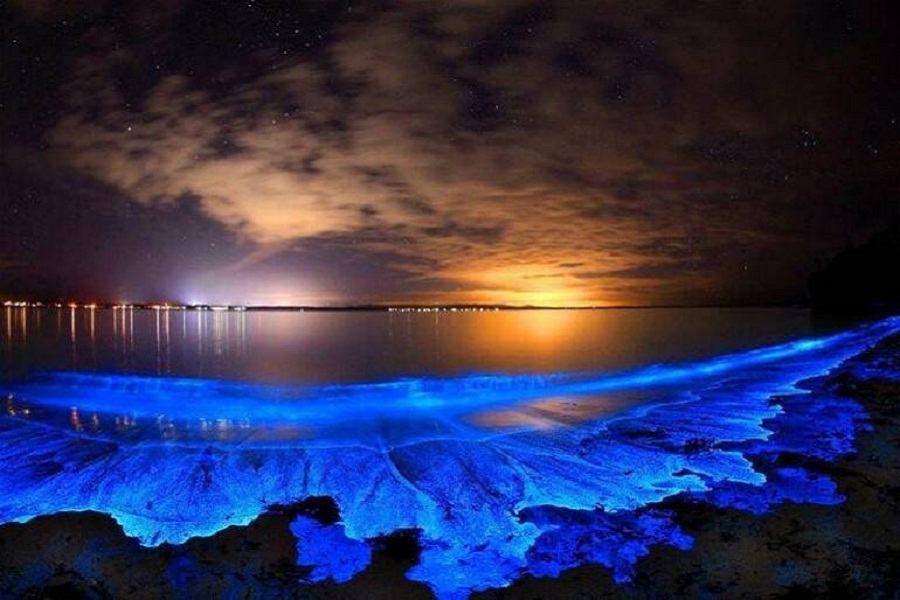
Published :
Updated :

The Maldives boasts a captivating phenomenon known as the 'Sea of Stars,' where the ocean illuminates with a magical blue glow at night. Breathtaking photos online showcase this spectacle, enticing travellers to witness it firsthand. However, the truth behind the Sea of Stars is more intriguing than a specific location.
The shimmering lights aren't permanent fixtures but a natural display caused by bioluminescent plankton. These microscopic organisms drift in the ocean and emit light when disturbed. This means the Sea of Stars isn't a fixed location but rather an encounter with bioluminescent plankton that can occur anywhere in the Maldives or even in other parts of the world with plankton.
While one may not find the Sea of Stars on a map, there are ways to increase the chances of witnessing this natural wonder. Marine biologists suggest visiting during the Southwest Monsoon (April to October) when currents bring large amounts of plankton to the northeast of the country.
Night snorkelling offers the best chance to experience the phenomenon. When surrounded by bioluminescent plankton, simply moving arms and legs can create enough disturbance to trigger their bioluminescence, making feel like swimming amongst the stars.
Several diving and water sports centres offer night snorkelling trips to help search for this elusive spectacle.
The exact reason why Vaadhoo and Vadoo, two Maldivian islands with similar names, are popularly associated with the Sea of Stars remains a mystery. Marine biologists cannot explain why plankton would be drawn to these specific islands. Despite the lack of a permanent location, the Sea of Stars remains a captivating natural wonder. By understanding the science behind the phenomenon, one can plan a trip strategically to get lucky enough to experience this unforgettable nighttime spectacle in the Maldives.


 For all latest news, follow The Financial Express Google News channel.
For all latest news, follow The Financial Express Google News channel.